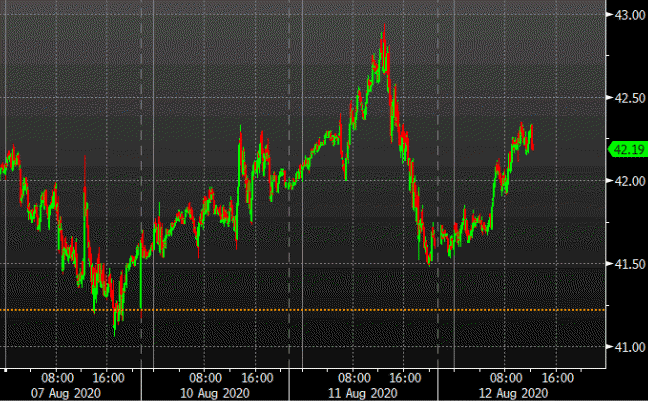 Be a Cynic When Reading the Tape
Be a Cynic When Reading the Tape
We must be cynics when reading the tape. I do not mean that we should be pessimists, because we must have open minds always, without preconceived opinions. An inveterate bull, or bear, cannot hope to trade successfully. The long-pull investor may never be anything but a bull, and, if he hangs on long enough, will probably come out all right. But a trader should be a cynic. Doubt all before you believe anything. Realize that you are playing the coldest, bitterest game in the world.
Almost anything is fair in stock trading. The whole idea is to outsmart the other fellow. It is a game of checkers with the big fellows playing against the public. Many a false move is engineered to catch our kings. The operators have the advantage in that the public is generally wrong.
They are at a disadvantage in that they must put up the capital; they risk fortunes on their judgment of conditions. We, on the other hand, who buy and sell in small lots, must learn to tag along with the insiders while they are accumulating and running up their stocks; but we must get out quickly when they do. We cannot hope to be successful unless we are willing to study and practice—and take losses!
But you will find so much in Part Three of this book about taking losses, about limiting losses and allowing profits to run, that I shall not take up your thought with the matter now.
So, say I, let us be hard-boiled cynics, believing nothing but what the action of the market tells us. If we can determine the supply and demand which exists for stocks, we need not know anything else.
If you had 10,000 shares of some stock to sell, you would adopt tactics, maneuver false moves, throw out information, and act in a manner to indicate that you wanted to buy, rather than sell; would you not? Put yourself in the position of the other fellow. Think what you would do if you were in his position. If you are contemplating a purchase, stop to think whether, if you act contrary to your inclination, you would not be doing the wiser thing, remembering that the public is usually wrong.



 Learning to trade is not very different from learning any other discipline. It takes a lot of efforts and finding the right teachers. At some level of experience, the best teacher for you will be you, but before such level is reached having someone to show you the direction of least resistance is priceless.
Learning to trade is not very different from learning any other discipline. It takes a lot of efforts and finding the right teachers. At some level of experience, the best teacher for you will be you, but before such level is reached having someone to show you the direction of least resistance is priceless. There is a difference between what you think it should happen and what ultimately happens, especially in the short-term perspective where supply and demand are defined not by fundamentals, but by fear and greed.
There is a difference between what you think it should happen and what ultimately happens, especially in the short-term perspective where supply and demand are defined not by fundamentals, but by fear and greed.
 Learning to trade is not very different from learning any other discipline. It takes a lot of efforts and finding the right teachers. At some level of experience, the best teacher for you will be you, but before such level is reached having someone to show you the direction of least resistance is priceless.
Learning to trade is not very different from learning any other discipline. It takes a lot of efforts and finding the right teachers. At some level of experience, the best teacher for you will be you, but before such level is reached having someone to show you the direction of least resistance is priceless.